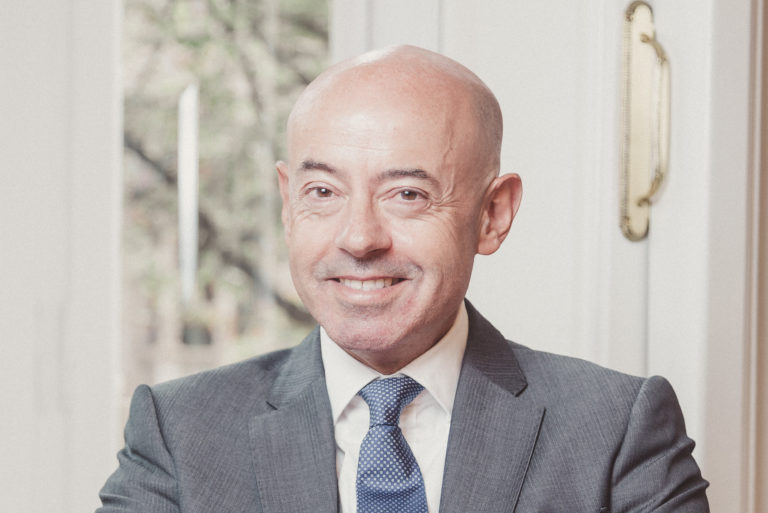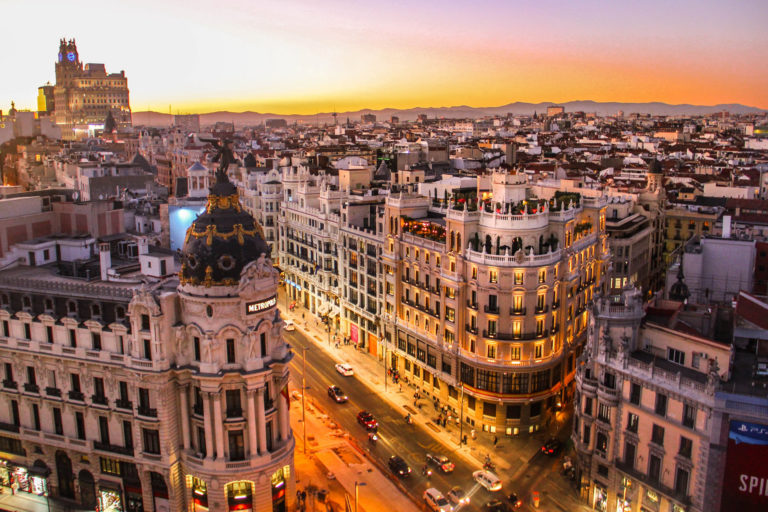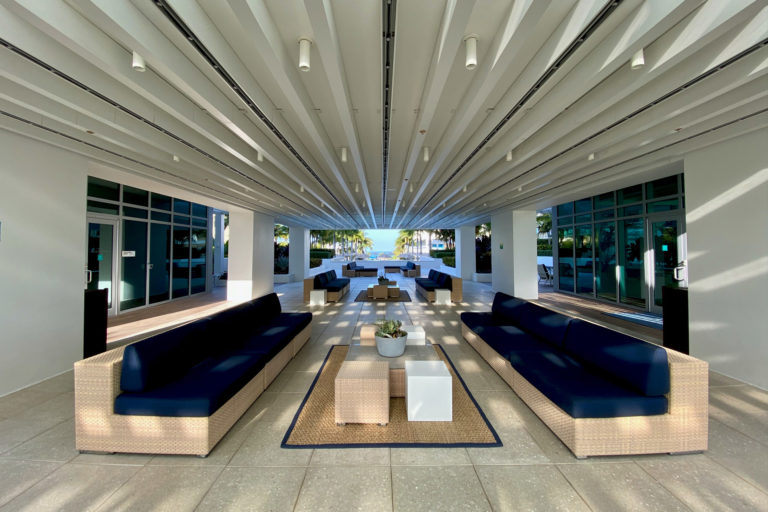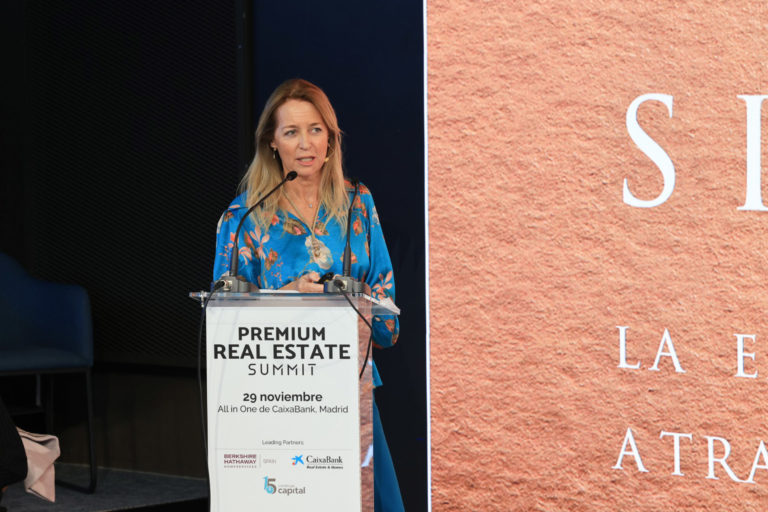
Gone are the days when a resort operated solely as a holiday destination; in the XXI Century, resort masterplanning is one of the most complex tasks in the real estate industry. Used for residential, sports, commercial and tourism purposes throughout the year, the modern resort must have first-class facilities that facilitate long-term stays with exceptional conditions of comfort and safety. The architecture, services and infrastructure must encourage relaxation without neglecting all the elements expected in a second home or during an extraordinary hotel experience. As experts in the conceptualization and development of this type of resort, Arum Group can share some of the keys to seamless resort masterplanning that guarantee successful investments.
Location, location, location
Even in resort planning, the old adage still applies. You must look for an easily accessible site, surrounded by nature, with excellent climatic and environmental conditions that allow for the development of different types of activities. It is equally important to assess the willingness of the local authorities and the community to host a project of such magnitude, because the resort not only contributes to the economic growth of the region, but needs to be well regarded for its contribution to the sustainable development of the area.
Planning under way
In terms of development, resort masterplanning allows you to fully visualize the real estate segment and tourism complex as a whole. If it is well formulated, it facilitates connections between buildings, the social environment and the resort’s surroundings. It also includes analyses, recommendations and proposals for the resort population and economy in general, with ideas for the creation of residential communities and community facilities, and the development of transportation infrastructure.
The master plan sets the schedule for different construction phases and establishes priorities. It shapes the environment in three-dimensional schemes, defining public, semi-private and private spaces. Optimal land use is determined and the local community is factored in. Good resort masterplanning will also create the conceptual framework that will attract investment at different stages of the project.
A no-surprises business plan
Every master plan must be capped with a business plan for resort development that analyzes, in detail and individually, the units that make up the resort. Because the direct sale of properties is not, for example, the same business as a golf course, it is important to distinguish the sources of income and the margins for each department of the resort. All possible forms of financing (loans, private investors, shares, insurers, etc.) should be included in this plan, which will remain open throughout the process for consulting the financial statements.
Phased construction
During the construction stage, priority should always be given to the main facilities, incorporating the rest of the infrastructure as the complex grows. If it is determined that a service is not profitable, it must be clear that other asset(s) can assume that cost without compromising the project in general.
Homes for different clients
In a modern resort, the residential development must be built in parallel with the infrastructure, ensuring that the first houses are completed soon after important facilities like a golf course, a hotel or a gym. Resort design for residential real estate products works best as a multi-product strategy: single-family homes of different sizes, plots for the construction of custom villas, chalets, semi-detached houses and apartments of different sizes and types. This will attract a wider base of clients, but there will be a clear delimitation between properties that can be let to third parties and those for exclusive use of their owners. The general concept of the resort is preserved without losing the impression that it is an exclusive product with clear rules.
First-class hotel management
As the backbone of a tourism complex, the hotel sets a standard for the overall concept of the resort because it defines its personality and approach. In this sense, it is very important to define its characteristics well and choose the most suitable operator for the project. If the hotel is not well managed, it will be very difficult to sell properties in residential communities. In fact, the marketing plan can start from the hotel concept by considering that the hotel manager will offer services to residents. This combination is made explicit when we talk about branded residences and their importance in the consolidation of the second-home market.
Continuous sales strategy
The marketing strategy for 21st Century resorts goes far beyond direct sales; it’s a continuous process of positioning the resort brand though different platforms and in multiple languages. There’s a continuous search for apt markets through modern digital marketing techniques, but it also includes traditional approaches like cross-selling, for example, if hotel guests are encouraged to buy a property in the resort.
Resort masterplanning is not a linear scheme but a circular one that is completed in phases, ensuring that income allows for progress at an efficient pace. It also necessarily ties into the marketing and sales of a project, as these departments must be aware of what’s coming and the objectives of every stage of the process. Arum Group remains focused not only on the advisory and planning stages of resort management but also throughout execution, ensuring that investors and buyers always feel well supported.



